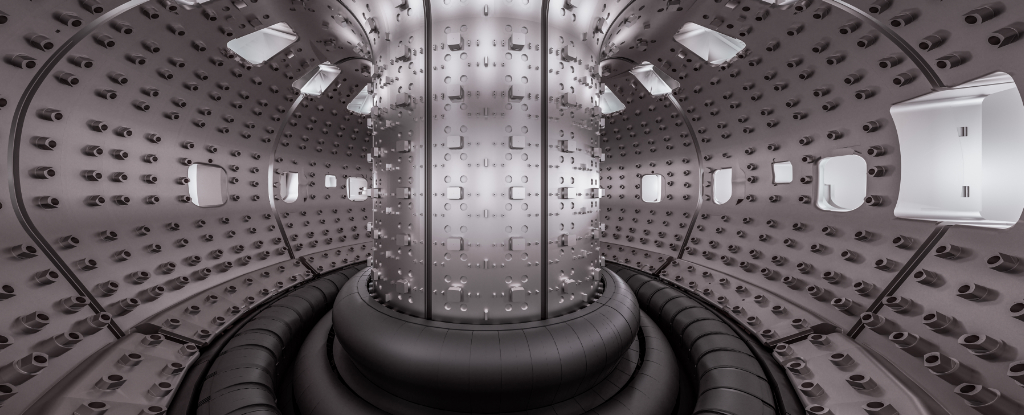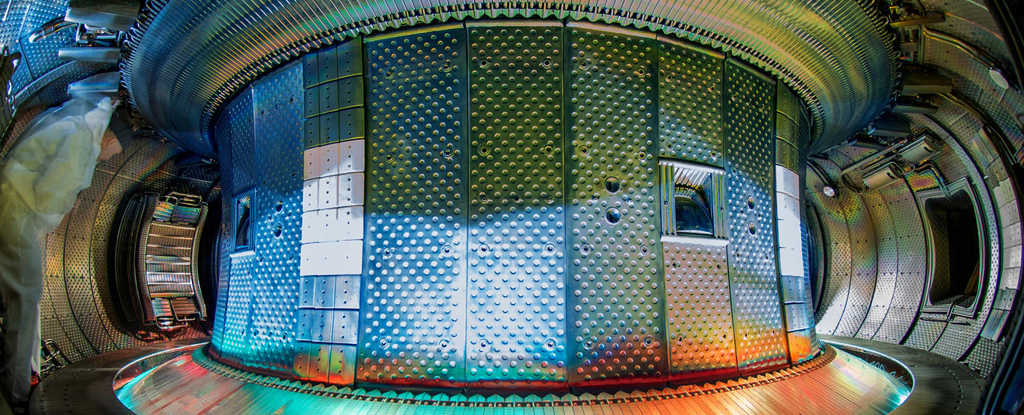
The dream of the ancient alchemists may come true as Marathon Fusion announces that its tokamak fusion reactor technology can turn common mercury into gold as a byproduct of fusion operations.

French scientists on Tuesday announced that they had reached a "crucial milestone" in the long road towards nuclear fusion by managing to maintain raging-hot plasma for a record 22 minutes.

The team behind the Experimental Advanced Superconducting Tokamak (EAST) in China kept their fusion drive running for more than 1,000 seconds for the first time – lasting for 1,066 seconds (almost 18 minutes) to be exact.

Nuclear fusion promises a virtually limitless, sustainable energy source via processes similar to those powering the Sun, provided some rather tricky and fundamental physics problems can be figured out first.

A new model of quantum interactions now suggests some of the lightest particles in the Universe might play a critical role in how at least some heavy elements form.

A fusion reactor in southern France, called WEST, just achieved an important milestone that brings us one step closer to clean, sustainable, nearly limitless energy.

South Korean researchers have maintained plasma temperatures of 100 million degrees Celsius for 48 seconds inside a tokamak fusion reactor.

The JET tokamak set a new world record for generating energy from nuclear fusion during its final experiment.

Japan's joint fusion reactor project with the European Union (EU), the JT-60SA, was inaugurated in Naka, Japan on Friday, marking the start of experimental operations for the world's biggest and most advanced tokamak.

Space propulsion company Pulsar Fusion has started construction on what it claims is the largest practical nuclear fusion rocket engine ever built.

Ions inside a compact fusion reactor barely a meter across have been heated to the magic figure of 100 million degrees Celsius for the first time in a monumental step towards making nuclear fusion energy a practical reality.

The Korea Superconducting Tokamak Advanced Research (KSTAR) reactor managed to maintain an ion temperature of more than 100m degrees Celsius/

In a new world record, China's "artificial sun" project has sustained a nuclear fusion reaction for more than 17 min. Superheated plasma reached almost 70 million degrees C— that's roughly five times hotter than the sun.

Nuclear scientists using lasers the size of three football fields said they had generated a huge amount of energy from fusion, possibly offering hope for the development of a new clean energy source.

The KSTAR, a superconducting fusion device also known as the Korean artificial sun, set the new world record as it succeeded in maintaining the high temperature plasma for 20 seconds with an ion t over 100 mil degrees.